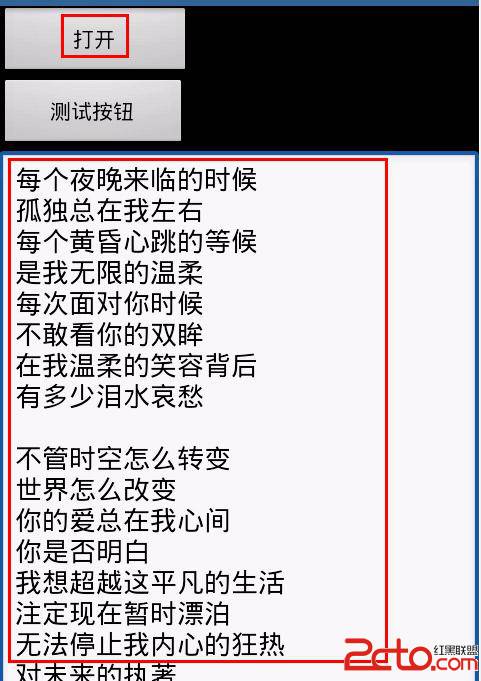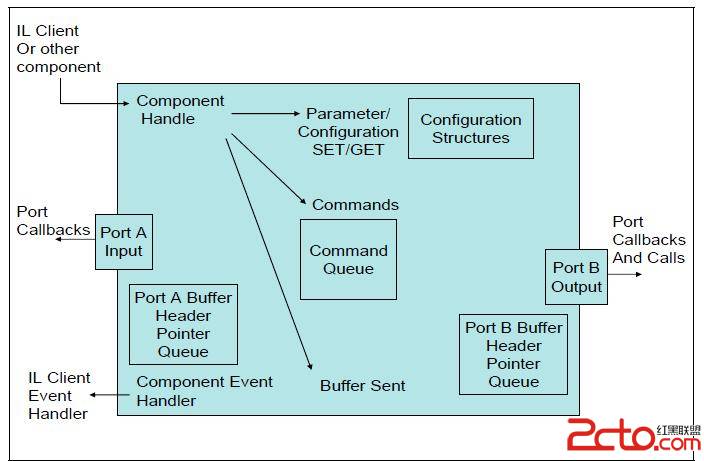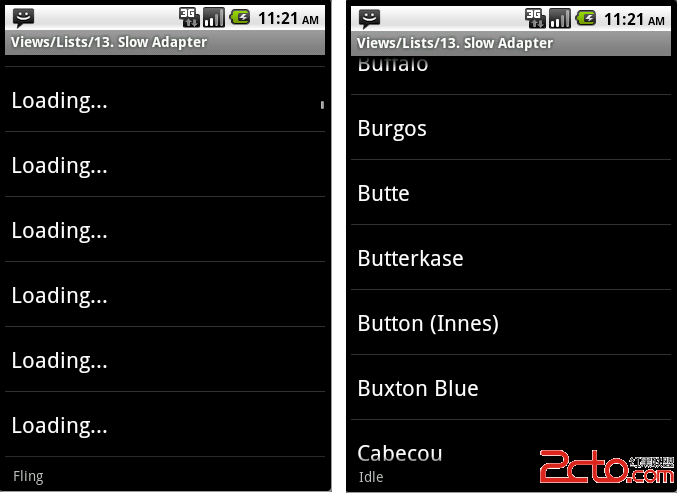android中用GET和POST的方法向服务器上传数据
两者的区别如下:
GET上传的数据一般是很小的并且安全性能不高的数据, 而POST上传的数据适用于数据量大,数据类型复杂,数据安全性能要求高的地方
GET和POST的使用方法一般如下:
1.采用GET方式向服务器传递数据的步骤
1.利用Map集合对数据进行获取并进行数据处理
if (params!=null&&!params.isEmpty()) {
for (Map.Entry<String, String> entry:params.entrySet()) {
sb.append(entry.getKey()).append("=");
sb.append(URLEncoder.encode(entry.getValue(),encoding));
sb.append("&");
}
sb.deleteCharAt(sb.length()-1);
}
2.新建一个StringBuilder对象
sb=new StringBuilder()
3.新建一个HttpURLConnection的URL对象,打开连接并传递服务器的path
connection=(HttpURLConnection) new URL(path).openConnection();
4.设置超时和连接的方式
connection.setConnectTimeout(5000);
connection.setRequestMethod("GET");
2.采用POST方式向服务器传递数据的步骤
1.利用Map集合对数据进行获取并进行数据处理
if (params!=null&&!params.isEmpty()) {
for (Map.Entry<String, String> entry:params.entrySet()) {
sb.append(entry.getKey()).append("=");
sb.append(URLEncoder.encode(entry.getValue(),encoding));
sb.append("&");
}
sb.deleteCharAt(sb.length()-1);
}
2.新建一个StringBuilder对象,得到POST传给服务器的数据
sb=new StringBuilder()
byte[] data=sb.toString().getBytes();
3.新建一个HttpURLConnection的URL对象,打开连接并传递服务器的path
connection=(HttpURLConnection) new URL(path).openConnection();
4.设置超时和允许对外连接数据
connection.setDoOutput(true);
5.设置连接的setRequestProperty属性
connection.setRequestProperty("Content-Type","application/x-www-form-urlencoded");
connection.setRequestProperty("Content-Length", data.length+"");
6.得到连接输出流
outputStream =connection.getOutputStream();
7.把得到的数据写入输出流中并刷新
outputStream.write(data);
outputStream.flush();
3.具体实现的过程如下:
1.使用GET方法上传数据
服务器中doGet方法中的代码如下:
[java] view plaincopyprint?protected void doGet(HttpServletRequest request, HttpServletResponse response) throws ServletException, IOException {
String name =request.getParameter("name");
String age=request.getParameter("age");
System.out.println("--------name:"+name);
System.out.println("--------age:"+age);
}
protected void doGet(HttpServletRequest request, HttpServletResponse response) throws ServletException, IOException {
String name =request.getParameter("name");
String age=request.getParameter("age");
System.out.println("--------name:"+name);
System.out.println("--------age:"+age);
}
在客户端实现的代码如下:
[java] view plaincopyprint?public class UserSerivce {
public static boolean save(String getname, String getage) throws Exception {
String path = "http://10.254.1.62/WebForGETMethod/ServletForGetMethod";
Map<String, String> params = new HashMap<String, String>();
params.put("name", getname);
params.put("age", getage);
return sendGETRequest(path, params, "UTF-8");
}
private static boolean sendGETRequest(String path,
Map<String, String> params, String encoding) throws Exception {
StringBuilder sb = new StringBuilder(path);
if (params != null && !params.isEmpty()) {
sb.append("?");
for (Map.Entry<String, String> entry : params.entrySet()) {
sb.append(entry.getKey()).append("=");
sb.append(URLEncoder.encode(entry.getValue(), encoding));
sb.append("&");
}
sb.deleteCharAt(sb.length() - 1);
}
HttpURLConnection connection = (HttpURLConnection) new URL(
sb.toString()).openConnection();
connection.setConnectTimeout(5000);
connection.setRequestMethod("GET");
if (connection.getResponseCode() == 200) {
return true;
}
return false;
}
}
public class UserSerivce {
public static boolean save(String getname, String getage) throws Exception {
String path = "http://10.254.1.62/WebForGETMethod/ServletForGetMethod";
Map<String, String> params = new HashMap<String, String>();
params.put("name", getname);
params.put("age", getage);
return sendGETRequest(path, params, "UTF-8");
}
private static boolean sendGETRequest(String path,
Map<String, String> params, String encoding) throws Exception {
StringBuilder sb = new StringBuilder(path);
if (params != null && !params.isEmpty()) {
sb.append("?");
for (Map.Entry<String, String> entry : params.entrySet()) {
sb.append(entry.getKey()).append("=");
sb.append(URLEncoder.encode(entry.getValue(), encoding));
&n
补充:移动开发 , Android ,




